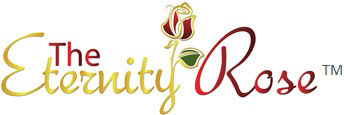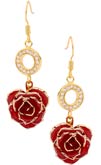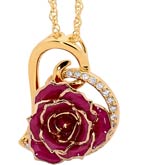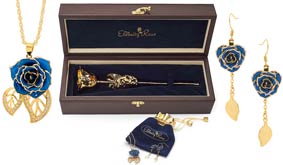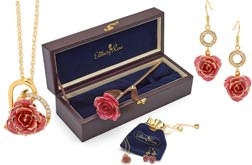Why We’re Drawn to Unhealthy Relationships - and How to Break Free
Love, they say, is a many-splendoured thing. Yet for some, it becomes a painful cycle of unhealthy or toxic relationships, leaving them feeling stuck and unable to break free.
To outsiders, the pull of toxic partnerships can be hard to understand. But for those caught within them, these relationships can feel inescapable.
Here, we’ll explore why some people are drawn to unhealthy relationships and how to begin breaking free from this draining cycle.
Why We’re Attracted to Unhealthy Relationships
Familiarity
Many people gravitate toward relationship dynamics that mirror their past, even if those experiences were harmful. This often stems from childhood or past trauma, where unhealthy patterns became familiar - and what’s familiar can feel safe, even when it’s not.
Low Self-Esteem
When individuals struggle with self-worth, they may believe they don’t deserve better, tolerating neglect or mistreatment because they feel unworthy of a healthier connection. So low self-esteem equates to staying in a bad relationship.
Fear of Loneliness
The fear of being alone can be powerful, pushing people to remain in or seek out unhealthy relationships rather than face solitude. This fear can lead to enduring harmful dynamics simply to avoid feeling alone.
Hope for Change
Some individuals stay in unhealthy relationships believing they can “fix” their partner or that love alone will be enough to change them. This hope for change often results in repeated disappointment and emotional exhaustion.
Breaking the Cycle
Recognising that you’re in an unhealthy relationship is the first step toward change. Once you see the pattern, you can begin taking actionable steps to break free and build healthier connections.
Reflect on Your Needs and Worth
Take time to explore your needs, desires, and sense of self-worth. Understanding your value and recognising patterns in your past can help you make conscious, healthier choices moving forward.
Seek Professional Support
Counselling or therapy can help you uncover why you’re drawn to unhealthy dynamics, while providing tools to build self-esteem, set boundaries, and navigate relationships in healthier ways.
Set and Enforce Boundaries
Learning to communicate your needs and establish clear boundaries is essential. Be willing to distance yourself from those who consistently violate these boundaries.
Build Healthy Connections
Surround yourself with supportive, positive friendships. A strong social network can reduce the fear of loneliness and provide encouragement as you move away from unhealthy relationships.
Prioritise Self-Care
Focus on activities that nurture your physical and emotional well-being. Invest in your interests, celebrate your achievements, and cultivate environments that promote self-love.
Release the “Fixer” Mindset
Understand that you cannot change someone who is unwilling to change themselves. Let go of the belief that it’s your job to rescue or fix a partner, and focus on your own growth instead.
Learn from Past Patterns
Reflect on previous relationships to identify recurring patterns. Use these insights as lessons to avoid repeating the same mistakes in the future.
Be Patient with Yourself
Healing and breaking free from unhealthy cycles take time. Progress may be slow and nonlinear, and that’s okay. Approach your journey with patience and self-compassion.
Moving Toward Healthier Love
Breaking the cycle of unhealthy or abusive relationships is challenging but deeply transformative. By understanding the roots of these patterns and taking steps toward self-love, support, and healthy boundaries, you can create space for relationships that uplift rather than drain you.
You deserve a connection that brings you peace, respect, and joy. With time, support, and commitment to your growth, you can step into a healthier, happier future - one where love becomes a source of strength rather than pain.
If you would like, I can also prepare Instagram captions, a carousel summary, or a printable worksheet to support your audience in recognising and breaking these patterns. Let me know whenever you’re ready.








